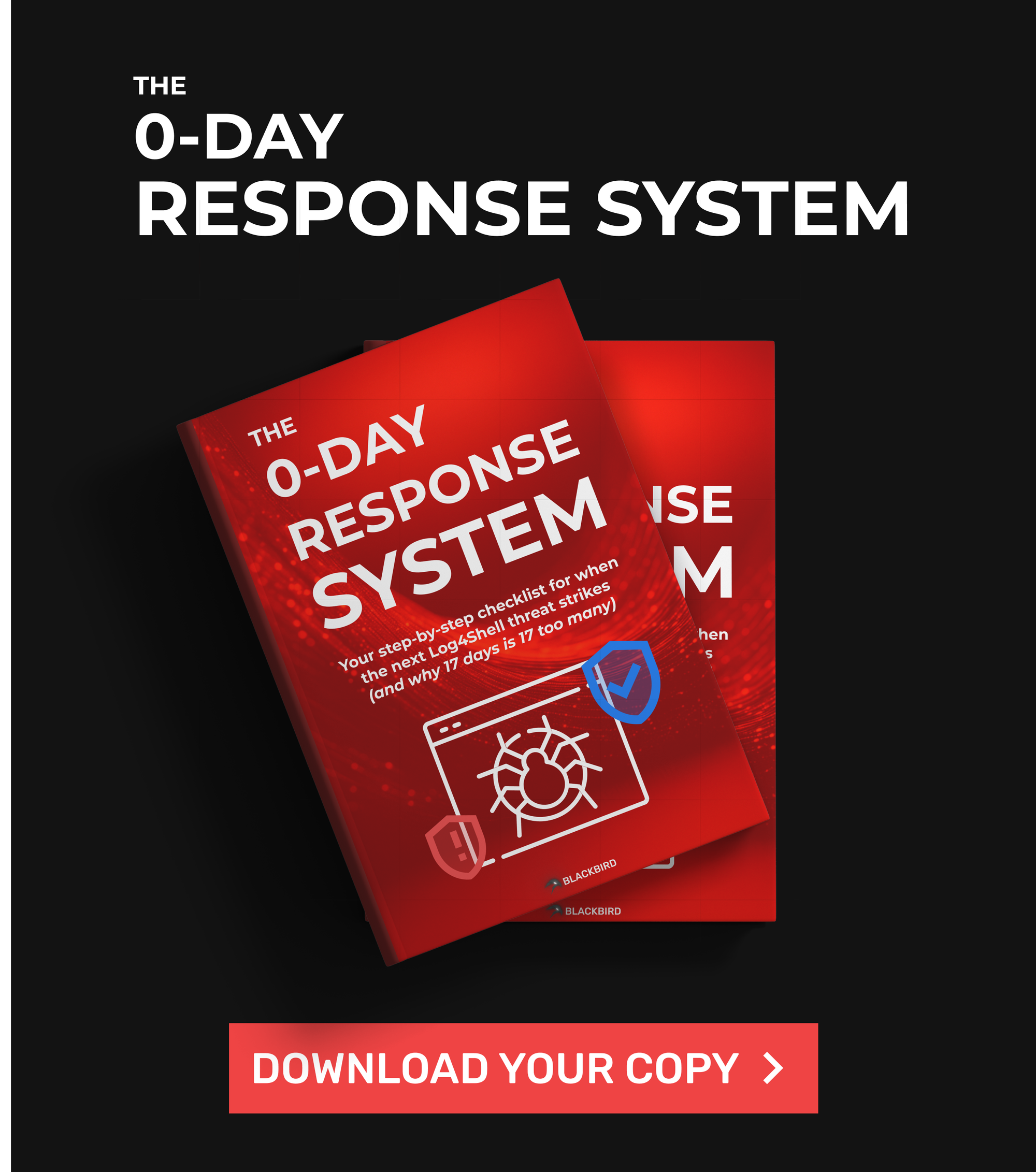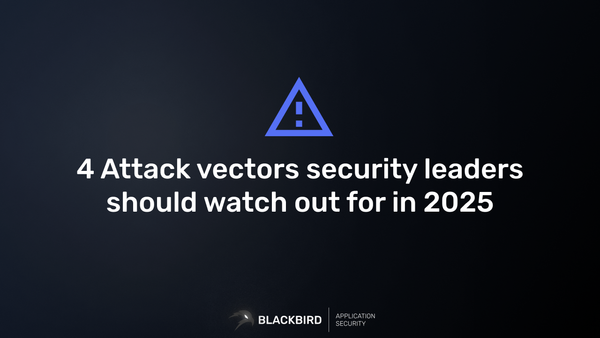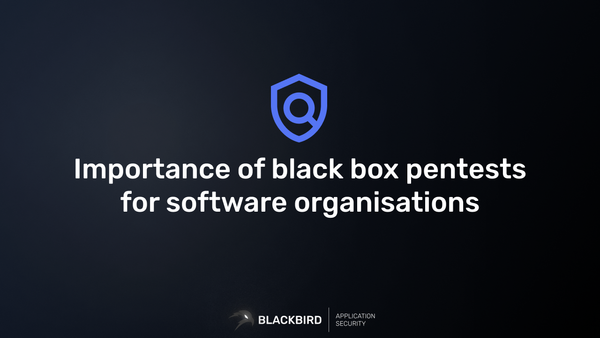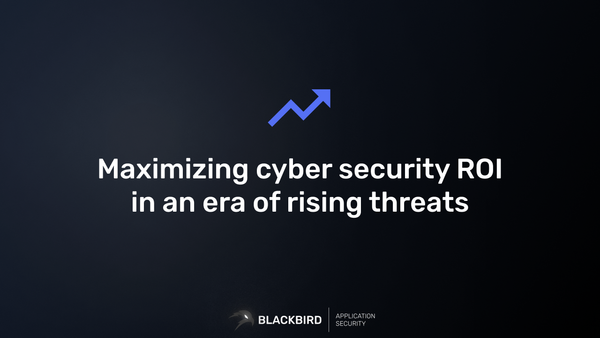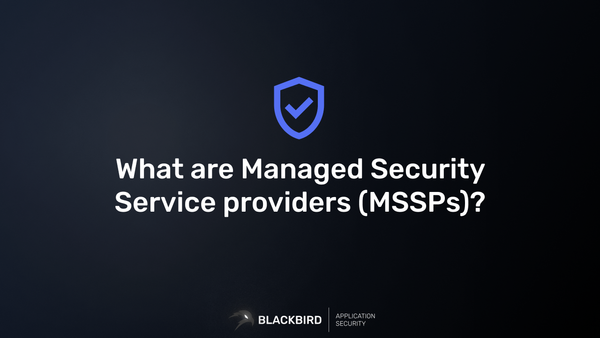Compliance readiness vs. 0-day readiness: What organisations should understand
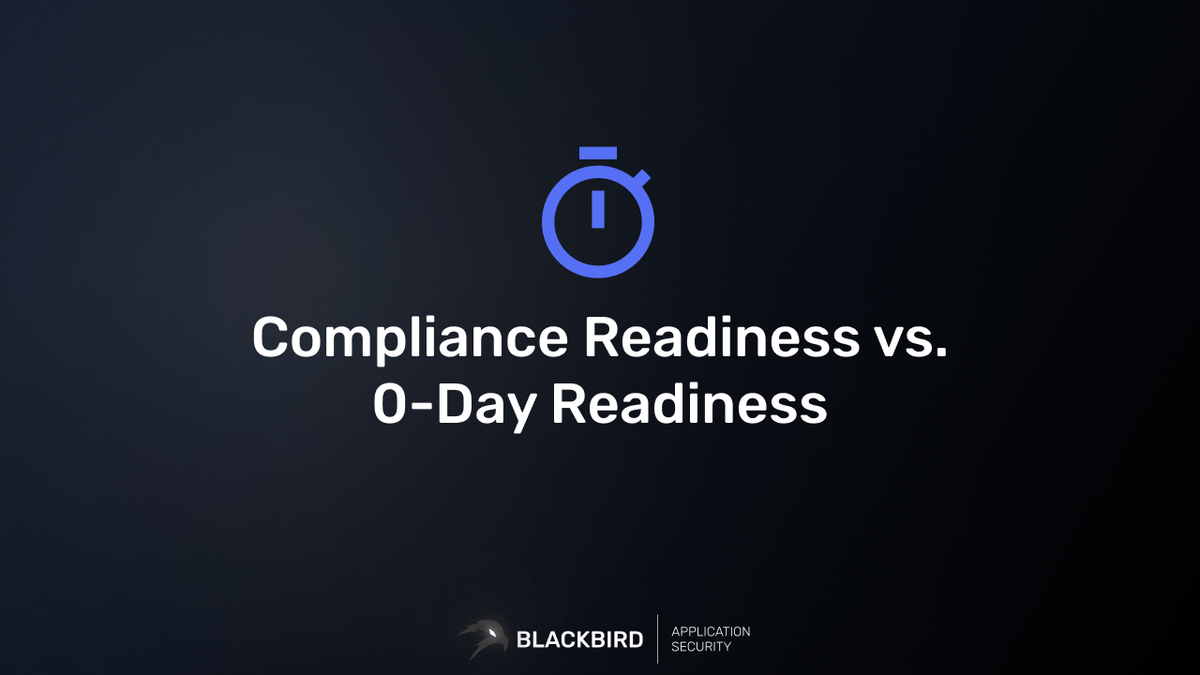
Most organisations today optimise for compliance readiness when it comes to cybersecurity. But what if the next Log4Shell strikes next week? Do you have what it takes to patch your systems before threat actors can find their way in?
In this short article, we will discuss the importance of both, compliance as well as '0-day readiness,' including of having the benefits of both.
Compliance Readiness
While it is true that becoming and staying compliant can help unlock more deals in more profitable verticals, it should be noted that compliance frameworks are general frameworks that help organisations navigate the minimum security requirements across diverse industries and use cases.
Think of compliance frameworks like SOC 2, ISO 27001, or PCI DSS as the foundation of your security house. They ensure you have the basic structural elements in place: policies, procedures, access controls, and documentation. This foundation is essential for business credibility and regulatory requirements.
The reality of compliance frameworks:
- They're designed for broad applicability across different industries
- They focus on administrative controls more than technical defenses
- They operate on annual or quarterly review cycles
0-Day Readiness
0-day readiness is your organisation's ability to identify, assess, and remediate critical vulnerabilities within a short time frame of their discovery, regardless of when they surface or how complex they appear.
When Log4Shell emerged in November 2021, it struck without regard for business hours, quarterly compliance cycles, or established change management processes. Attackers began exploiting it within hours of public disclosure, while organisations operating under traditional security frameworks took weeks to respond, leaving them exposed during the most critical period.
True 0-day readiness means you can:
- You have a complete overview of your attack surface (including any forgotten assets and/or third-party integrations)
- Assess vulnerability impact (knowing exactly which systems are affected and their business criticality)
- Deploy emergency patches (even if it means breaking normal change management protocols)
- Implement protective controls (such as introducing new firewall rules to block malicious inbound requests)
- Validate remediation effectiveness (confirming the vulnerability is actually mitigated, not with a temporary firewall rule or unverified custom patch)
Most organisations discover they're not 0-day ready during an actual crisis. When Log4Shell struck, companies that thought they were prepared suddenly realised they didn't have a complete overview of all their internet-facing assets.
0-day readiness isn't about having better security tools; it's about having battle-tested processes that work under pressure, with incomplete information, during non-business hours, when your normal team isn't available.
The importance of both
The relationship between compliance readiness and 0-day readiness isn't either/or, it's both/and. Here's why you need both:
Compliance readiness provides:
- Business credibility for sales and partnerships
- Regulatory protection from legal and financial penalties
- Organisational structure for security policies and procedures
- Stakeholder confidence from customers, investors, and auditors
0-day readiness provides:
- Business continuity when the next major vulnerability hits
- Competitive advantage by minimising downtime during security crises
- Customer trust is built by demonstrating you can protect their data, even under pressure
- Financial protection from breach costs, ransomware, and business disruption
The companies that survived Log4Shell with minimal impact weren't just compliant, they were crisis-ready. They had practised their emergency response procedures. They knew their attack surface. They could quickly deploy patches to all affected systems. They could execute under pressure.
The bottom line: In today's threat landscape, compliance readiness is the table stakes for doing business. But 0-day readiness is what separates companies that survive major security incidents from those that become cautionary tales.
Free checklist for when the next Log4Shell strikes
It's always a clever idea to be prepared for the next (major) 0-day vulnerability, as it can happen at any moment. At BLACKBIRD, we've made a free, step-by-step checklist that helps you navigate and patch your systems within hours (instead of weeks) in the event another 0-day strikes.
